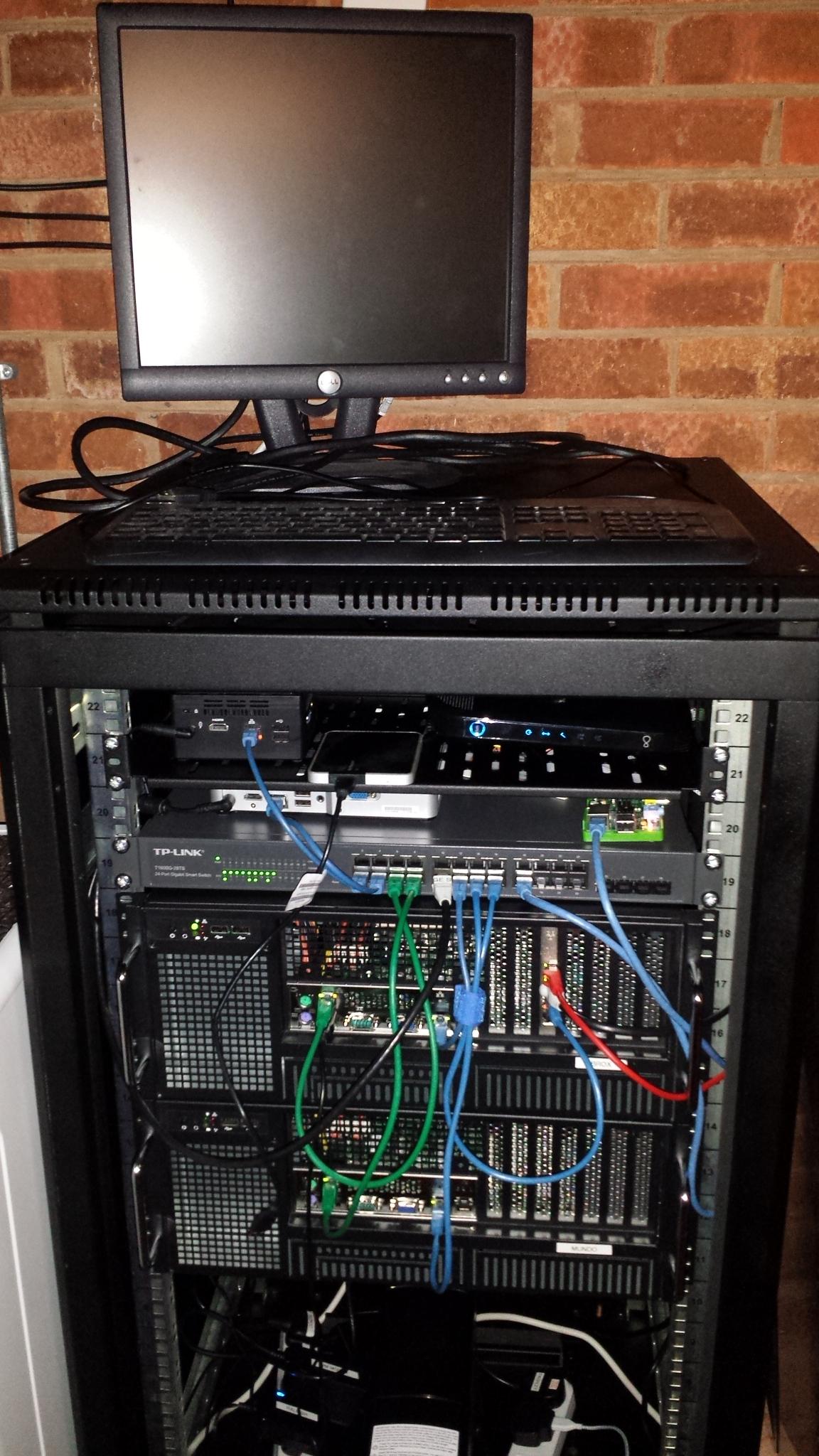LASTOLITE
No longer has 4 inches
- Messages
- 2,614
- Name
- Bill
- Edit My Images
- Yes
In the near future I may be in a position to move home. The move will be to a new build, and we will have an opportunity to equip the house with a network, all hidden, Now I know a little but alas not enough to know what I need to supply what I want for the future.
I would like to have available to all TV's in the house a way of retrieving video content from a central location, maybe also connected to a home security camera system and linked to the net would be good too.
I was thinking some kind of server in the under the stairs cupboard. I would digitize all my DVD and BD's and then put them in the loft in boxes to save space
Anyone done this and what are the capabilities of the system you have installed, I am looking to not have anything other than a TV on the wall in family room, lounge, and two bedrooms - thats where the TV outlets that are standard are.
Any ideas / help appreciated
I would like to have available to all TV's in the house a way of retrieving video content from a central location, maybe also connected to a home security camera system and linked to the net would be good too.
I was thinking some kind of server in the under the stairs cupboard. I would digitize all my DVD and BD's and then put them in the loft in boxes to save space
Anyone done this and what are the capabilities of the system you have installed, I am looking to not have anything other than a TV on the wall in family room, lounge, and two bedrooms - thats where the TV outlets that are standard are.
Any ideas / help appreciated


